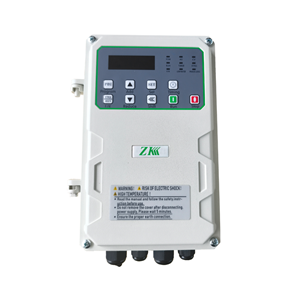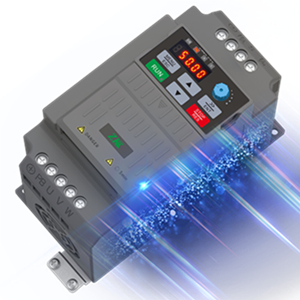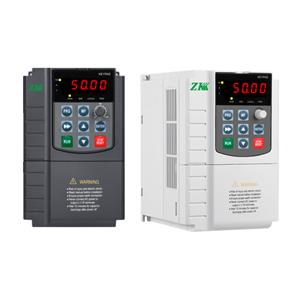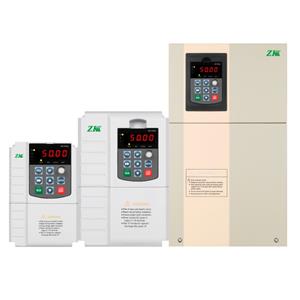Energy Saving Technologies and Practices in Industry VFD Design
Variable Frequency Drives (VFDs) are vital components in the manufacturing industry, as Variable Frequency Drives (VFDs) effectively control the speed of electric motors and reduce energy consumption. With the increasing importance of energy efficiency in businesses, the design of Variable Frequency Drives (VFDs) has advanced to include innovative energy-saving technologies and practices. This article will delve into the key energy-saving technologies and practices in manufacturing industry Variable Frequency Drive (VFD) design.
Efficiency Optimization
Efficiency optimization stands out as a primary energy-saving technology in Variable Frequency Drive (VFD) design. Through the utilization of advanced control algorithms, Variable Frequency Drives (VFDs) can maximize the efficiency of the motor-drive system. By adjusting the frequency and voltage output according to the load requirements, Variable Frequency Drives (VFDs) ensure that the motor operates at peak efficiency, resulting in significant energy savings.
Regenerative Braking
Regenerative braking is another innovative energy-saving technology integrated into Variable Frequency Drive (VFD) design. This technology allows the energy generated by the motor during deceleration to be converted back into electrical energy and fed back into the power supply. Apart from reducing energy consumption, regenerative braking enhances the overall efficiency of the system.
Smart Power Management
Smart power management practices involve monitoring and controlling power consumption of Variable Frequency Drives (VFDs) in real-time. By incorporating intelligent sensors and communication interfaces, Variable Frequency Drives (VFDs) adapt their power output based on the actual load demand, thus optimizing energy usage and minimizing wastage. This dynamic power management approach enables manufacturers to achieve significant energy savings without compromising performance.
Energy Recovery Systems
Energy recovery systems are increasingly becoming integral to Variable Frequency Drive (VFD) designs, capturing and reusing energy that would otherwise be wasted. For instance, kinetic energy recovery systems can store energy generated during machine deceleration and channel it to power other machines or systems within the manufacturing facility. By reusing energy in this manner, manufacturers can significantly cut down on energy costs and reduce their environmental impact.
Variable Speed Drive (VSD) Applications
Variable Speed Drive (VSD) applications are pivotal in energy-saving Variable Frequency Drive (VFD) design, particularly in variable torque applications like fans, pumps, and compressors. By utilizing Variable Speed Drives (VSDs) in these applications, manufacturers can adjust the motor speed to match changing load requirements. This not only reduces energy consumption but also prolongs equipment lifespan and enhances system efficiency.
Energy-saving technologies and practices in manufacturing industry Variable Frequency Drive (VFD) design are crucial in optimizing energy efficiency, reducing operating costs, and promoting sustainability. By incorporating efficiency optimization, regenerative braking, smart power management, energy recovery systems, and Variable Speed Drive (VSD) applications, Variable Frequency Drive (VFD) manufacturers can develop energy-efficient solutions that cater to the evolving needs of the manufacturing industry. As businesses seek to enhance their energy efficiency and environmental responsibility, the integration of these technologies and practices into Variable Frequency Drive (VFD) design will play a key role in achieving these objectives. Ultimately, the adoption of energy-saving technologies and practices in Variable Frequency Drive (VFD) design will not only benefit manufacturers but also contribute to a greener and more sustainable future for the manufacturing industry.




